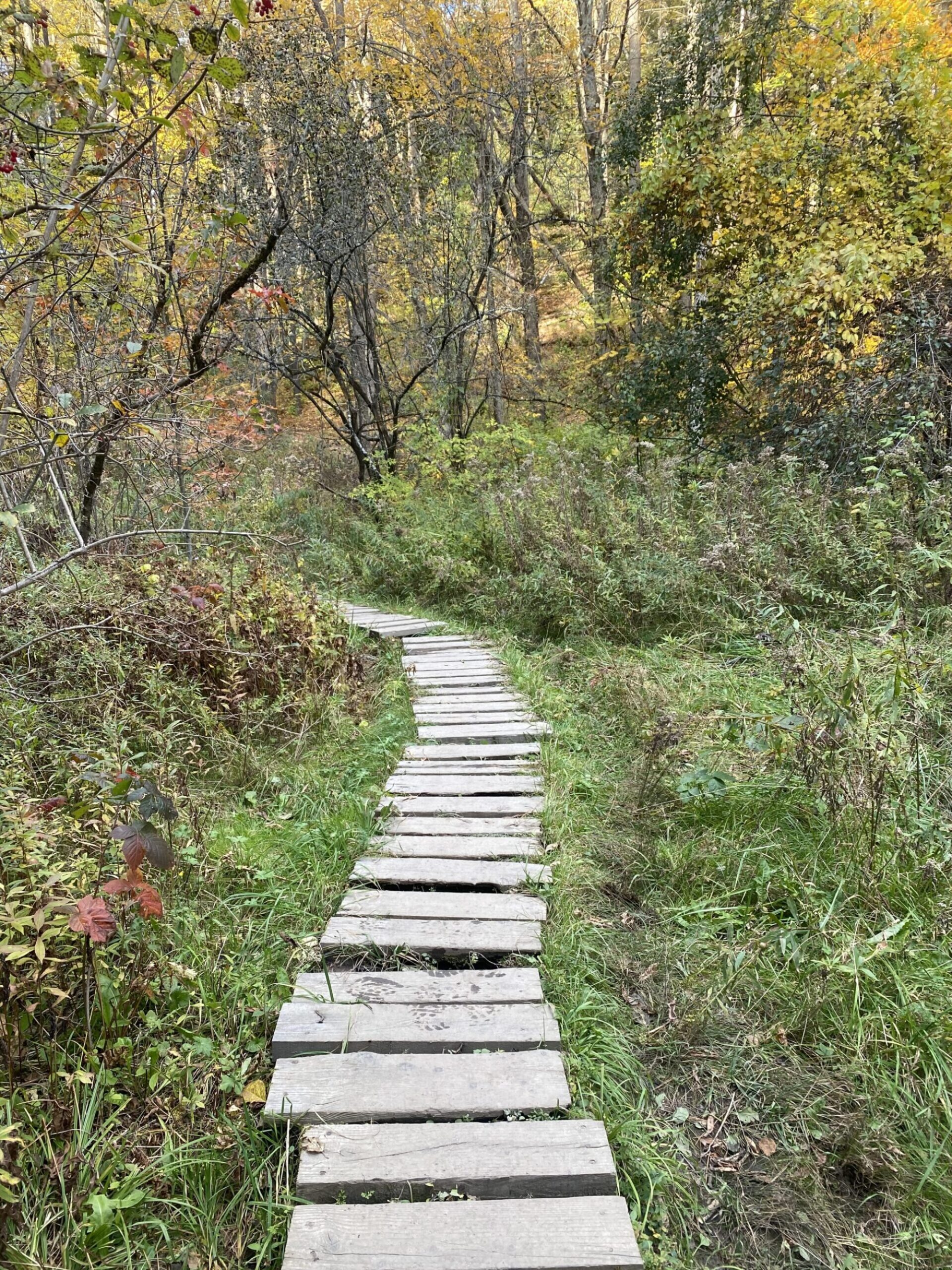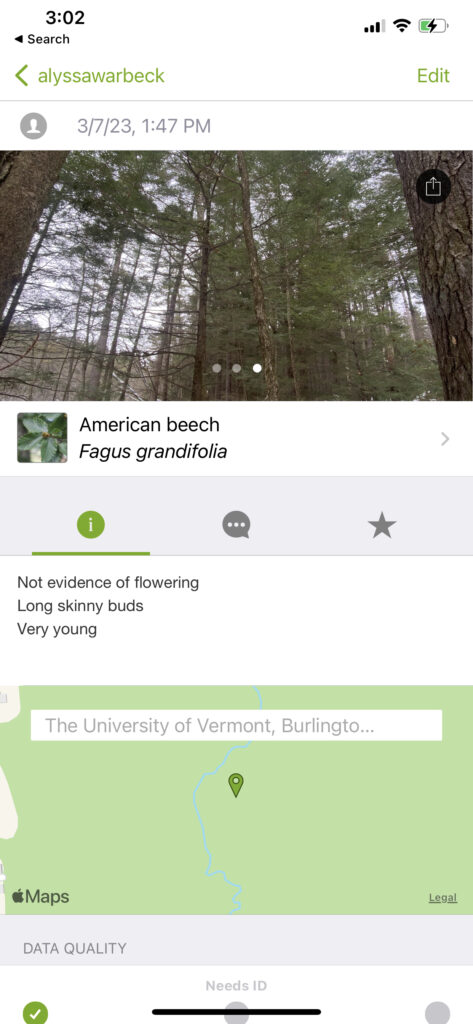Taking the small hike into centennial was definitely telling of some phenological changes. For starters, most of the snow was gone under the cover of the trees. Except for right along the path, for most of the trip I was traveling on slushy ice. The setting surrounding the ice was definitely telling of the upcoming of the mud season. I will miss the frequent fluffy snows, I am excited for the upcoming warmth. However, while I am visibly ready for the changing of the seasons, the beech trees excitement is not as visible.
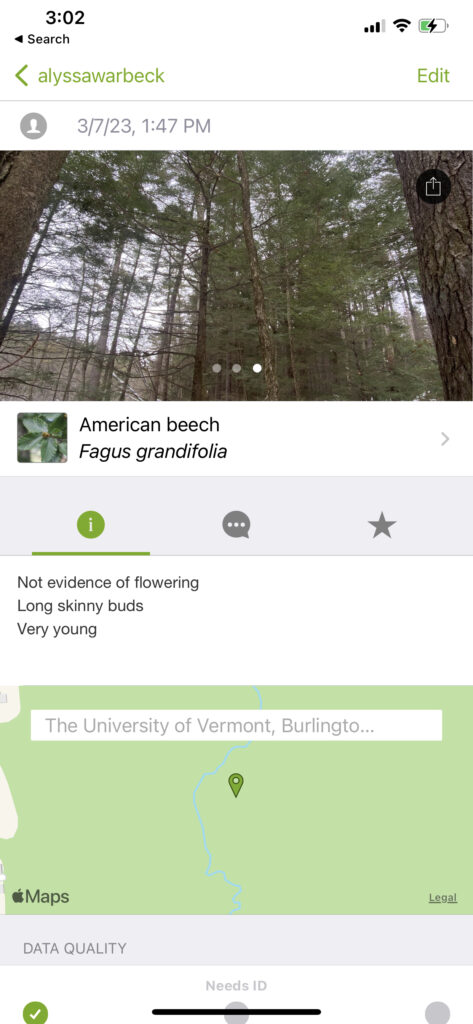
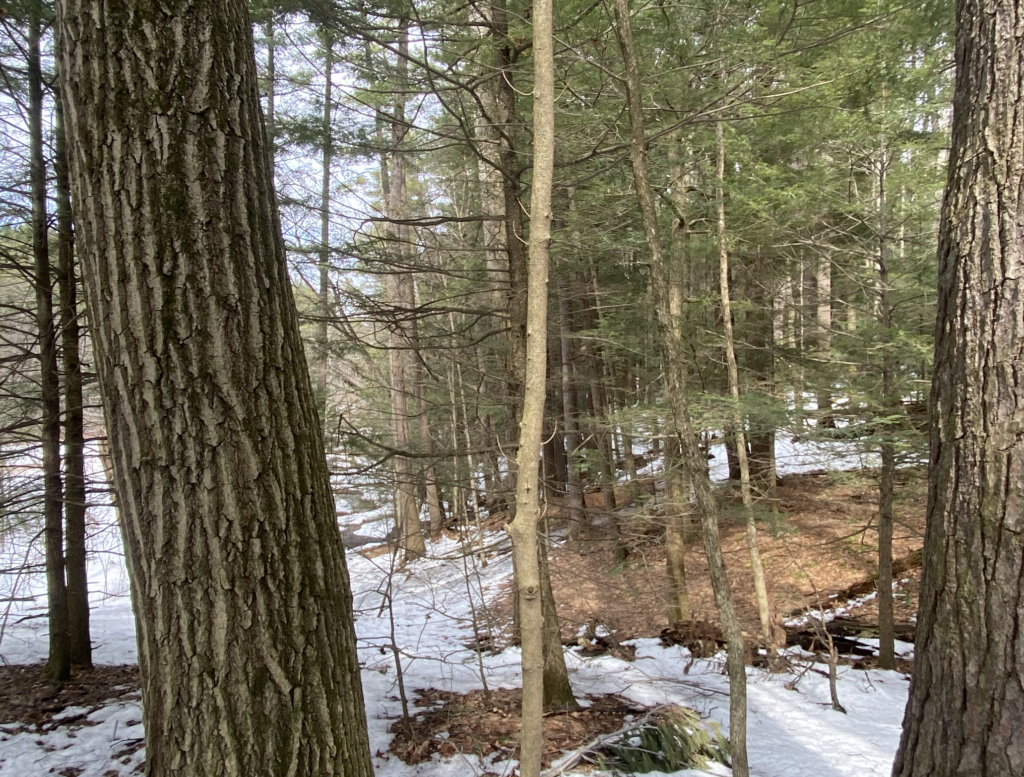
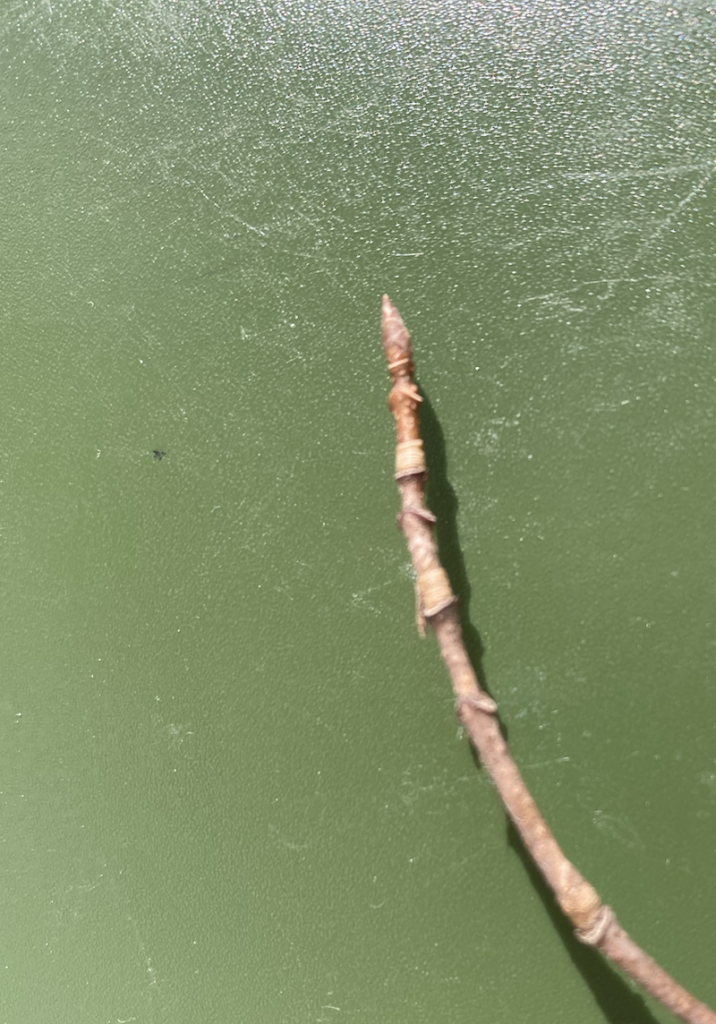
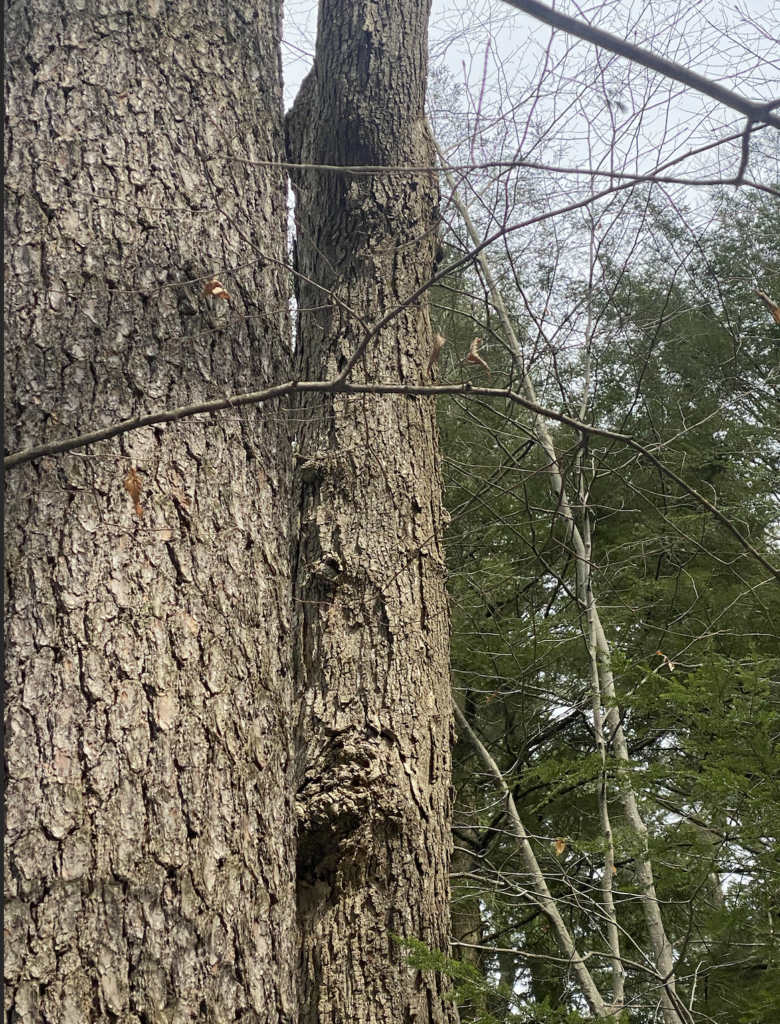
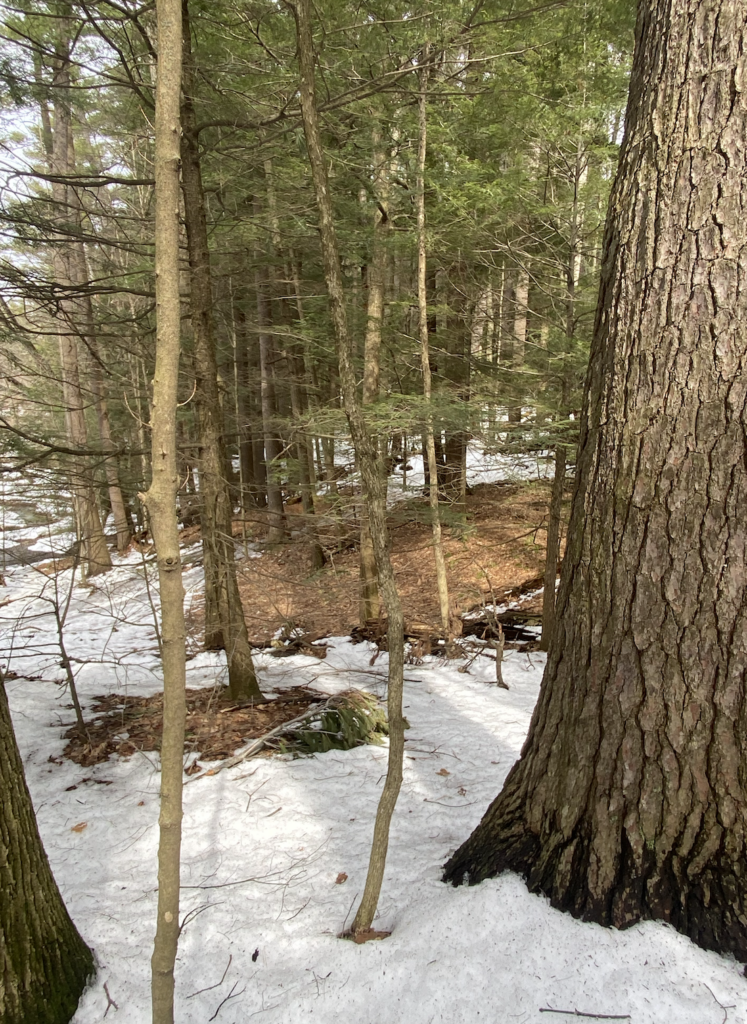
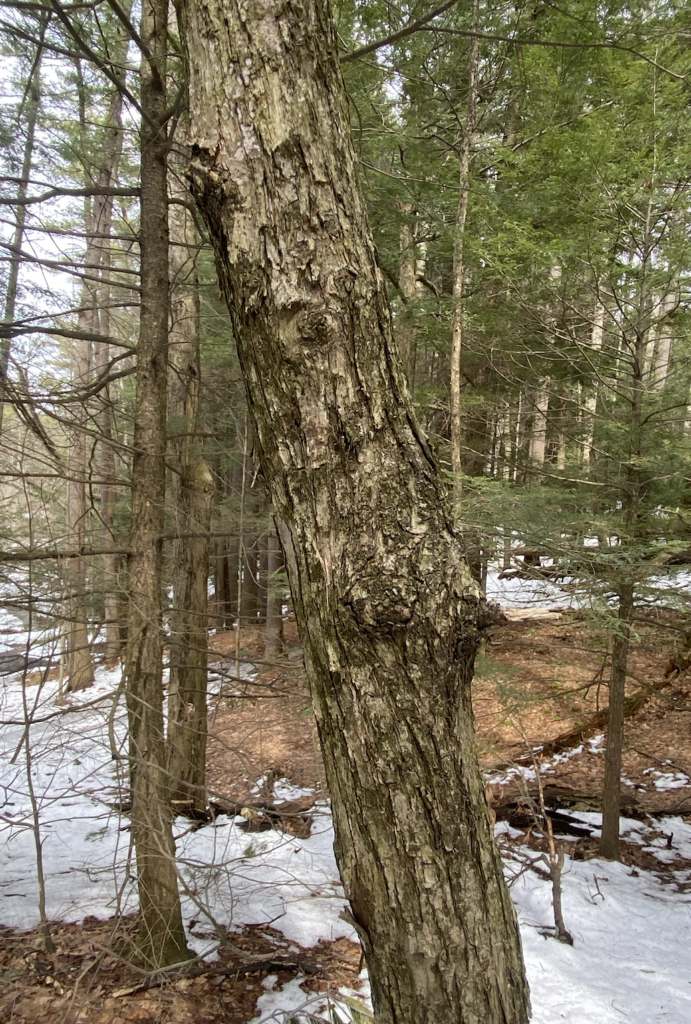
There wasn’t really much change in terms of the trees phenological progression. The buds have not yet flowered. The dead leaves continue to be the only ones present. However, the buds are very much in tact and it seems as though this baby beech has not yet fallen victim to any beech blight. Something I did notice that I did not realize last time was that the bark on this beech is much scalier than typical for beech trees. Had it not been for the dead leaves and the distinctive buds, identifying this tree would’ve been much more difficult.
